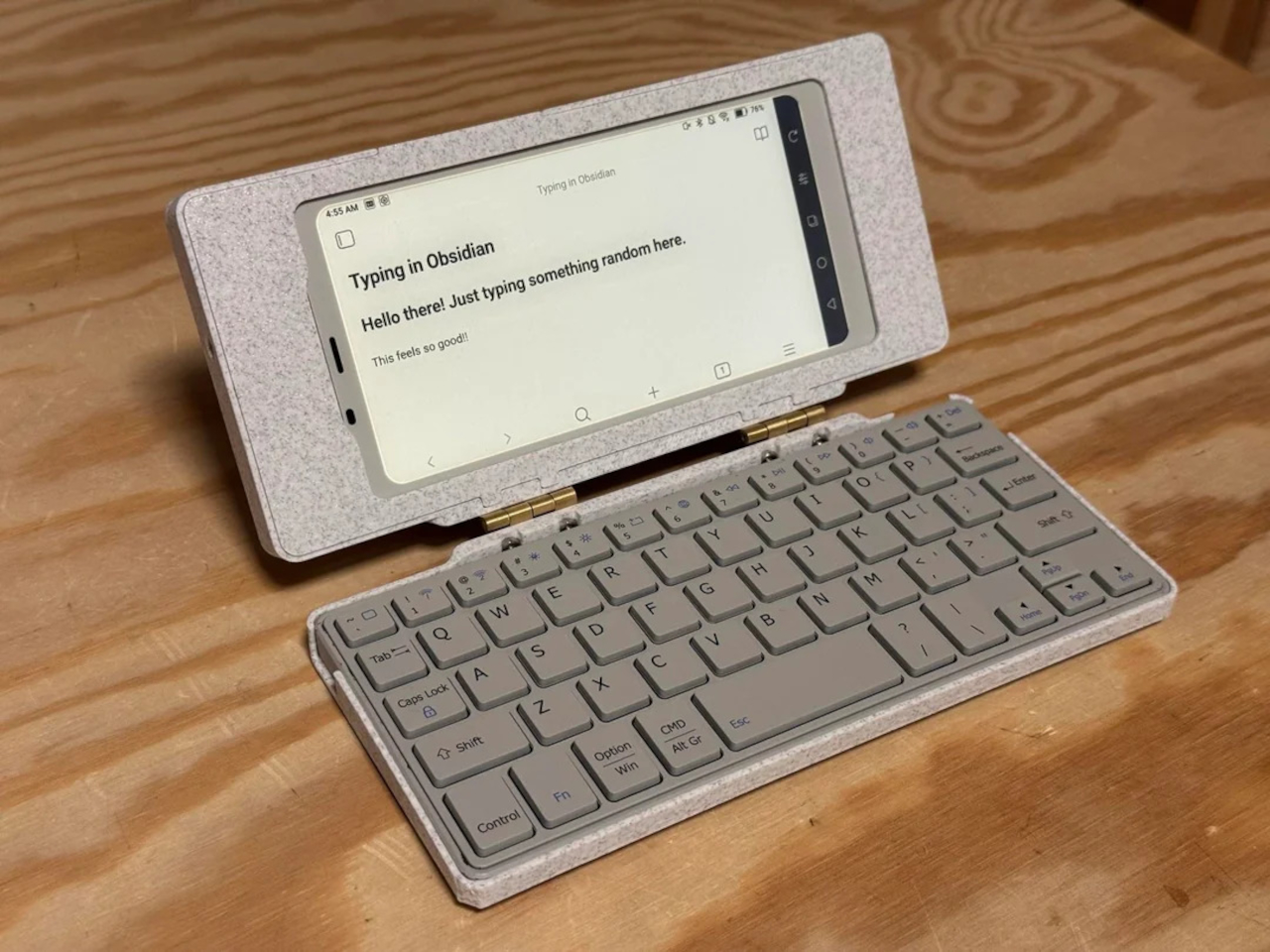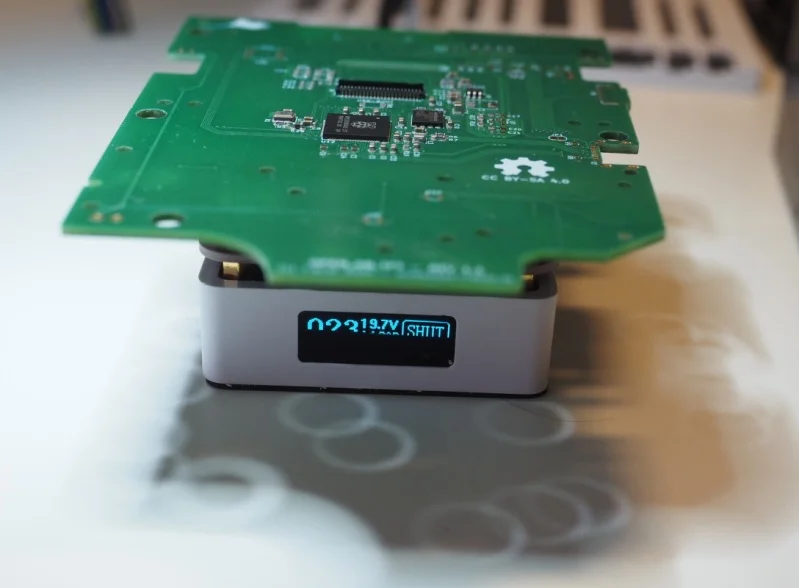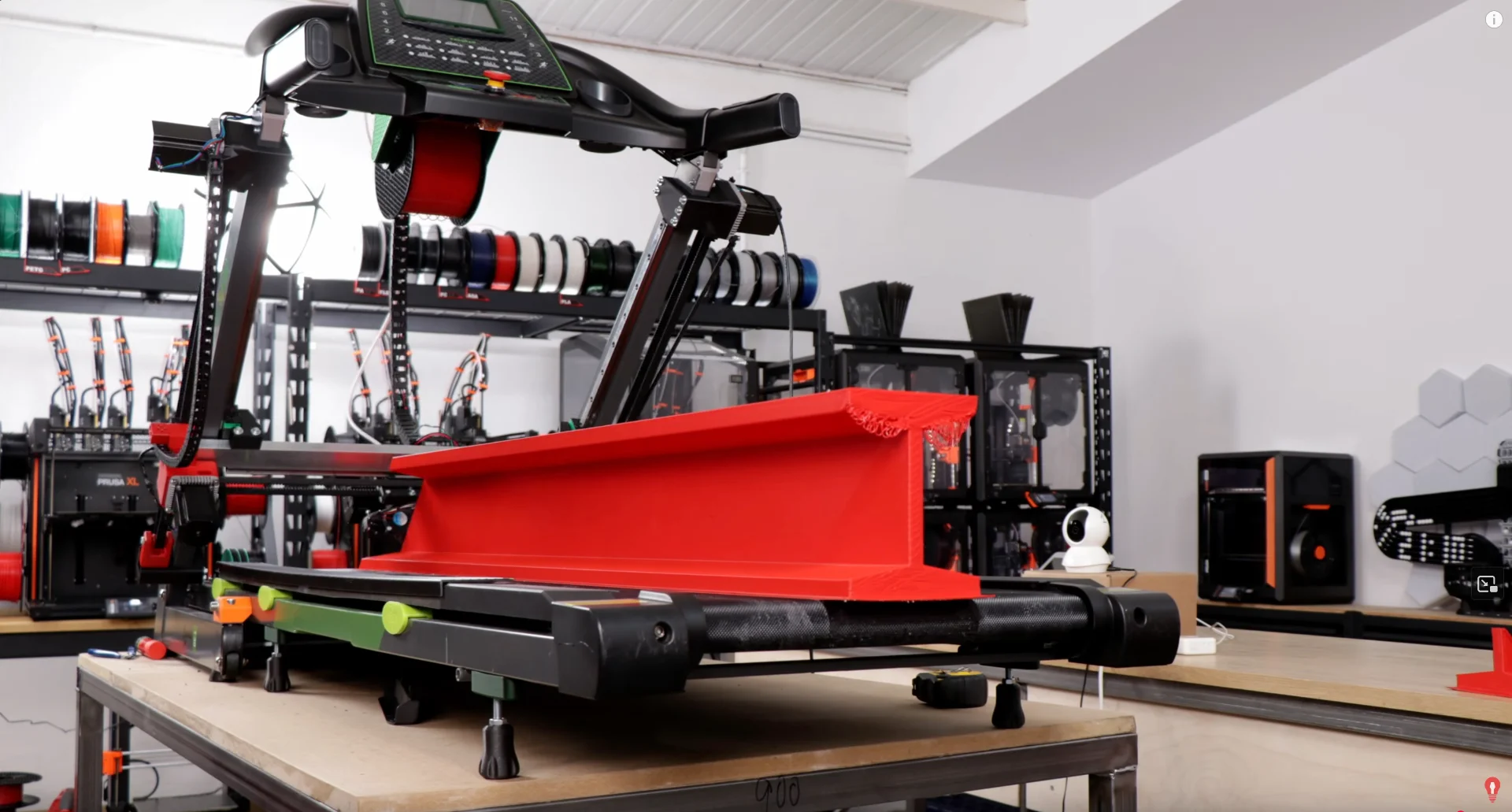Ban-Rays - Les lunettes qui détectent les smart glasses
De nos jours, quand un mec chelou avec des lunettes cheloues nous fixe, on ne sait plus si c’est parce qu’il nous trouve irrésistible ou s’il est en train de balancer notre tronche à une IA pour savoir qui on est. Bon, pour vous, la question se pose peut-être moins, mais vous voyez l’idée ^^.
Heureusement, pour lutter contre ça, y’a maintenant un projet open source pour détecter ces petits curieux équipés de Ray-Ban Meta ou d’autres lunettes-caméras. Ce projet s’appelle Ban-Rays (jeu de mots avec “banned”, roh roh roh) et le but c’est de créer des lunettes capables de repérer les smart glasses équipées de caméras.
Et pour arriver à cela, le dev derrière ce projet utilise deux approches complémentaires.
La première, c’est l’approche optique basée sur un principe physique assez marrant. En effet, mes capteurs CMOS des caméras ont la particularité de renvoyer la lumière infrarouge directement vers sa source. C’est ce qu’on appelle l’effet “cat-eye” ou rétro-réflectivité, du coup, en balançant des impulsions IR vers une paire de lunettes suspecte et en analysant le signal réfléchi, on peut théoriquement détecter la présence d’une caméra. Et les capteurs produisent des pics de signal bien nets et rapides, contrairement aux surfaces réfléchissantes classiques qui génèrent des ondes plus longues.
Pour le moment, les tests avec les Ray-Ban Meta montrent des résultats un peu inconsistants à courte distance (genre 10 cm), mais le principe est là et ça s’améliore. Ah oui et le matos utilisé c’est un Arduino Uno, des LEDs infrarouges (940nm et 850nm), une photodiode et un transistor. Rien de bien méchant donc niveau budget.
Et la deuxième approche, c’est côté réseau avec la détection Bluetooth Low Energy. Les Ray-Ban Meta utilisent un identifiant fabricant spécifique (0x01AB pour Meta) et un Service UUID bien particulier (0xFD5F). Le souci c’est que pour le moment, ça ne détecte les lunettes que pendant l’allumage ou le mode appairage. Pour une détection continue pendant l’utilisation normale, faudrait du matos plus costaud genre modules nRF pour sniffer les paquets CONNECT_REQ. Mais bon, ça viendra puisque c’est dans la roadmap du projet.
Alors oui, vous allez me dire que les Ray-Ban Meta ont une petite LED qui s’allume quand elles filment, donc c’est pas discret. En théorie oui auf que cette LED est tellement minuscule que la Data Privacy Commission irlandaise a carrément remis en question son efficacité comme protection de la vie privée. Et surtout, un bidouilleur propose maintenant de désactiver cette LED pour une soixantaine de dollars. Meta a bien prévu une protection qui empêche les lunettes de fonctionner si on couvre la LED avec du scotch, mais le gars a trouvé comment contourner ça et sa liste de clients s’allonge…
Et l’autre truc que j’ai remarqué avec ces lunettes connectées, c’est qu’elles se déclenchent tout le temps pour tout et n’importe quoi. Comme ça écoute en permanence pour répondre aux commandes vocales, impossible d’avoir une conversation normale sans que le machin réagisse à un mot qui ressemble vaguement à “Hey Meta”. C’est encore pire que Siri ou Alexa qui font déjà des déclenchements intempestifs. Perso, c’est pour ça que je ne veux pas de ce genre de lunettes, même si je reconnais que c’est pratique pour photographier ou filmer des choses (dans le cadre de mon boulot hein…)
Et les inquiétudes sont d’autant plus justifiées qu’une étude de 2024 a montré qu’en combinant des Ray-Ban Meta hackées avec de la reconnaissance faciale en temps réel, on pouvait identifier des inconnus dans la rue. Encore plus récemment, l’Université de San Francisco a dû alerter ses étudiants après qu’une personne mystérieuse ait utilisé ces lunettes pour filmer des femmes sur le campus et partager les vidéos en ligne. Sympa l’ambiance de parano.
Bref, si vous êtes inquiet par ça (ou juste soucieux de votre vie privée), le projet Ban-Rays est sur GitHub avec tout le code en C++, Python et un peu de C. C’est encore expérimental mais les deux approches sont prometteuses et si vous voulez contribuer, y’a plein de trucs à améliorer comme les patterns de balayage IR, la fusion des données multi-longueurs d’onde, l’interrogation active BLE…
![]()















